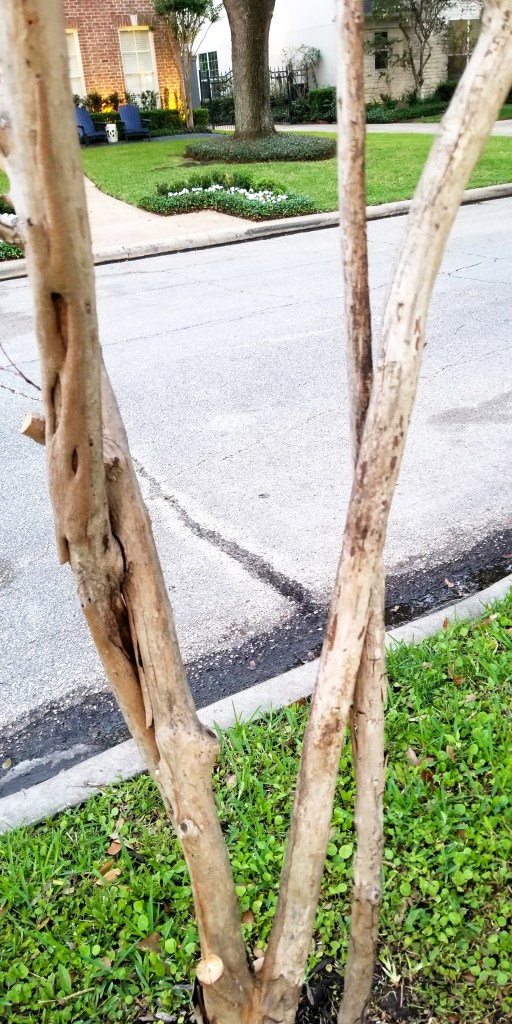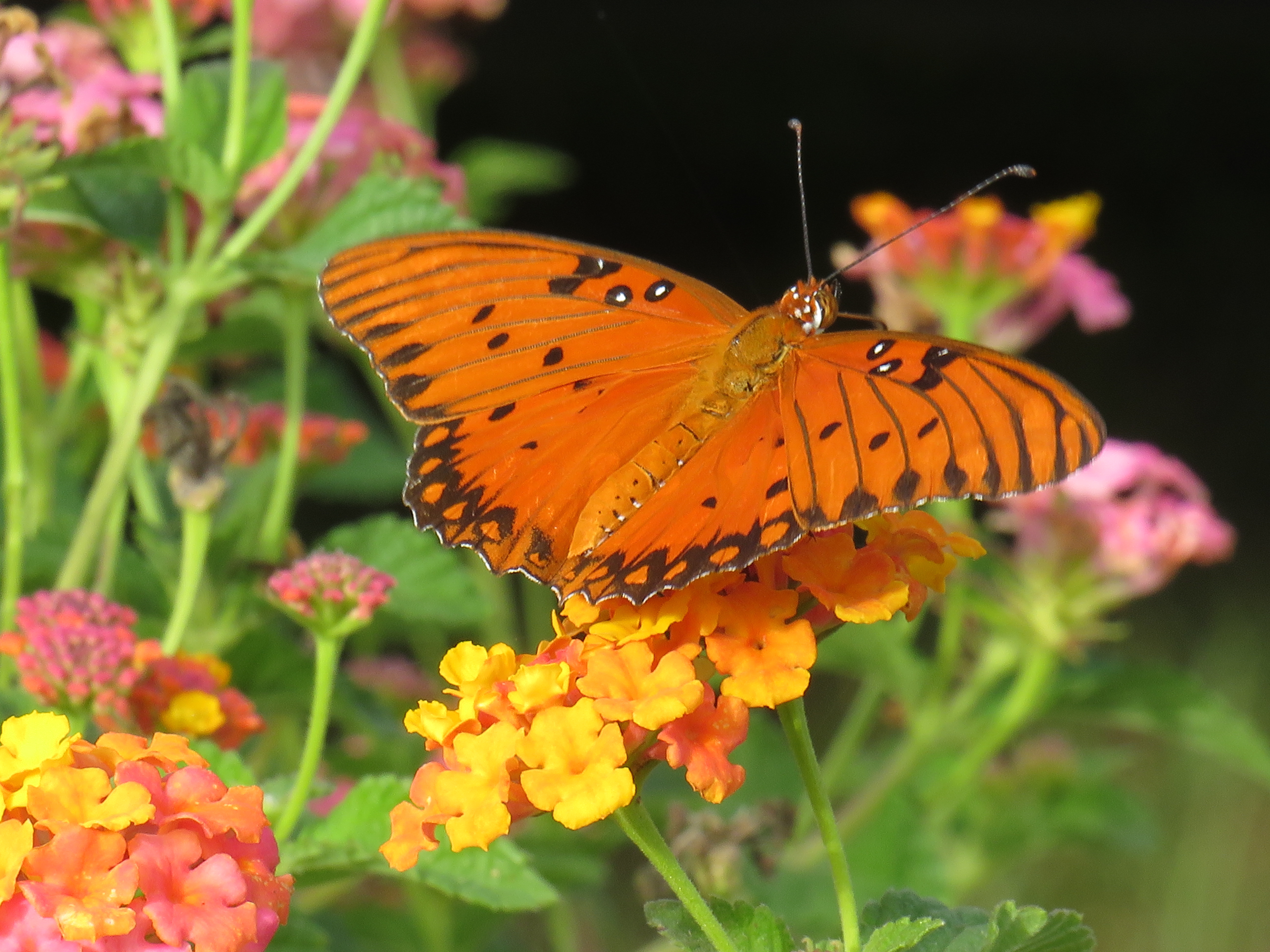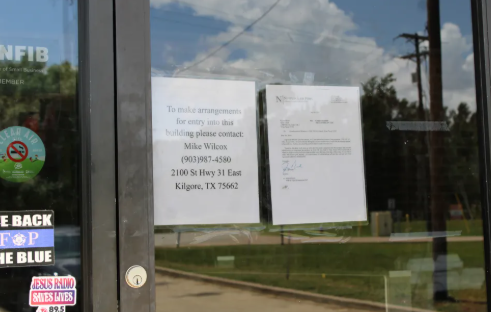Sperry: Trees struggling? Long-term effects from cold likely to blame
Published 4:58 am Monday, July 7, 2025

- This crape myrtle is suffering from long-term cold damage effects.
Dear Neil: Something is eating the impatiens on one side of my planter, while the impatiens on the other side is doing fine. What can I put out that will be a non-toxic insecticide? I have cats and don’t want to hurt them.
It’s always puzzling how we want something to kill one type of animal (insect) without risking making another type of animal (dog or cat) ill. I’ve had dogs all my life, and I do use insecticides that carry warnings about use around pets. But – here are the critical parts – I choose only those types of the lowest toxicities and I always read and follow label directions (usually including keeping the pet indoors and away from the insecticide until the prescribed time has passed.
I didn’t mean to sound preachy, but I just wanted to put worries to rest. Even organic insecticides are intended to kill pests, so they, too, must be used with caution and common sense.
Trending
All that said, impatiens do start to run down once it turns hot. It’s not all the result of insects. It’s rare for them to look great by mid-summer. And, I’ve looked closely at the damaged plants in your photo, anad it looks like those could have been injured by some type of physical assault, perhaps by the cats themselves. In the long run, you might be much happier with wax begonias. They thrive spring, and they hold up well through the summer clear until frost. They just keep looking nicer. Go with the bronze-leafed varieties. They endure sun better than the green-leafed types, although shade in mid-afternoon would help them a lot.
Dear Neil: What is wrong with my crape myrtle trees? Three of them are dying. Their skin is splitting, and when I open it up, they are black and moist. I keep thinking they will produce new leaves, but they are not. The plants next to them are putting out good growth. Help!
This is very old damage, and I’ll bet it’s from a cold spell. Crape myrtles vary in their winter hardiness. We have seen a huge amount of damage done to 6 or 8 of the most popular varieties since the awful cold snap in February 2021. They reacted exactly as you described, and those plants that were not cut back to the ground have gone farther downhill in the ensuing years. We’ve had two other cold spells since 2021 that have done serious, although not as widespread damage to crape myrtles. Varieties Natchez, Tuscarora, Muskogee, Sioux, and Country Red have been hurt repeatedly in studies with which I’ve been associated over the past 30 years. I don’t know of any other issue that might have caused that kind of dieback.
Dear Neil: What is wrong with my grapefruit tree? The leaves have withered and dropped. It started out looking so healthy.
This question actually came linked with the one just above, which gave me a clue to the crape myrtle’s most likely problem. This, too, is guaranteed cold injury. Grapefruit plants won’t withstand much freezing, and obviously the reader was protecting it at some point, as judged by the black plastic cover at its base. That’s the worst thing you can use to cover a tender plant. It will overheat the morning following a hard freeze, so your plant will go from freezing temperatures to 90 or 100F within just an hour. It’s far better to use frost cloth. Best of all would be to grow it in a large patio pot so it can be wheeled into protection when temperatures fall below 40F.
Dear Neil: Why would my Texas mountain laurel have had no flowers at all this spring? I’ve attached a photo of the same plant from 5 years ago for comparison. Is there a nutrient I need to be adding?
Trending
No new nutrients needed. Your plant looks spectacular. Blooms were light this year in most parts of Texas. It’s just the way Texas mountain laurels operate. You’re going to have a spring some year soon when you’ll have so much fragrance they’ll be smelling you clear across America. (That’s an odd sentence, isn’t it!)
Dear Neil: I have a plant that has covered shaded bare space of property I own in South Texas. I finally got it identified as wavyleafed basketgrass (Oplismenus undulatifolius). I liked it in the shade, but then it started moving into my St. Augustine and it’s taking over. Most of what I read about it is from Maryland and Virginia. Is there much written on it from Texas?
Not a lot. It’s a very assertive invading weed grass that was first reported in Maryland in 1996. Now it covers many thousands of acres on the East Coast and across the South and into Texas. As you mentioned, most of the write-ups are from the East Coast, and a majority are merely blogs and short mentions. The Louisiana State University Ag Center has this brief piece of useful information https://www.lsuagcenter.com/articles/page1715812826698.
Penn State University has the most thorough explanation of the weed, one that was updated just three months ago. https://extension.psu.edu/wavyleaf-basketgrass
— Have a question you’d like Neil to consider? Mail it to him in care of this newspaper or email him at mailbag@sperrygardens.com. Neil regrets that he cannot reply to questions individually.






